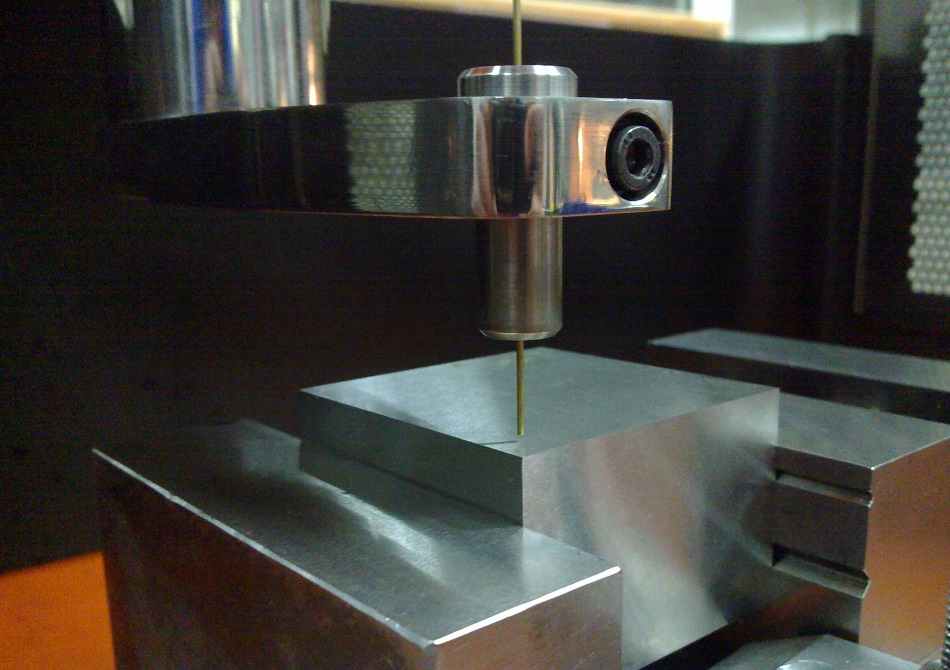Time to read: 3 min
Sharp edges are beautiful: light glinting off these clean lines as a product rotates through space, music swelling dramatically in the background of a commercial. Edges are precise. Edges are distinct. Edges are horrible for injection molding.
A general rule of injection molding is: Radius all edges. What do you do if your design calls for a sharp line? Fortunately, there are exceptions to this design for manufacture (DFM) rule.
Designing Edges in Injection Molds
Why are edges so difficult? In the injection molding process, plastic is injected into a multi-part mold, cooled, and ejected. For a part to mold well, the plastic must be able to flow easily into the mold, and that’s the first reason that edges should be avoided: Plastic, even melted plastic, doesn’t flow easily, and filling edges requires higher pressure.
Also, when the part is released, edges often stick to the mold, so the defect risk is higher. These both increase cycle time and part cost.
Sharp external edges on a part increase complexity in mold making. Positive and negative space are reversed between the mold and your part: A post on the mold is a hole in the part; a convex hemisphere on the mold is a bowl on the part; and a sharp external edge on your part requires a sharp internal edge on the tool. Why is that a problem?
Think one step back: Before molding occurs, the mold must be made, and is typically machined of high-strength tool steel in two halves. The standard, easiest, fastest, and least expensive, method for making the mold components is to machine the parts using a CNC end mill, where a cutting tool rotating at high speed removes material from the block of steel to form the mold geometry.

Because a sharp corner on a bit wears away almost immediately upon contact with tool steel, endmill bits end up with very slightly radiused corners. Therefore, milling a sharp internal edge in steel is nearly impossible. That means that a sharp external edge on a molded part is also nearly impossible with standard machining. Does that mean there’s no solution?
“Nearly impossible with standard machining”—that’s the key to achieving sharp external edges in molded parts. When the design absolutely calls for a sharp external edge on your part, it can be made with an alternative machining method: electrical discharge machining (EDM).
In the EDM process, an electrically charged electrode comes into contact with an oppositely charged piece of metal (in this case, the steel block to be machined into the mold half), the two charges spark, and a small amount of both the electrode and the metal is removed.
A machined EDM electrode is a mirror opposite of the feature that is being created. This allows sharp edges to be machined into the electrode using conventional cutting tools. These sharp edges can then be recreated by “burning” them into the steel.

That’s the good news. The flip side: An EDM machine is a specialized tool that is more expensive to operate for many parts and is less common in machine shops than CNC mills. So, while sharp external edges can be produced with injection molding, it will increase the cost of initial tooling, as well as potentially increasing the per unit costs.
Contrast that with the sharp edge in the lower-right corner (highlighted above in orange), where the mold tool would require one of the difficult-to-machine sharp internal edges. This edge should be radiused for easier machining with a CNC mill, unless absolutely required. And of course, if it is required, then plan on a slight increase in cost and lead time as the mold is machined on an EDM machine.
Adding Edge to Your Design
Sharp edges are great on knives, scissors, and even MacBooks, but they should be left off your injection molded parts whenever possible. However, when absolutely necessary, the remarkable machining process of EDM will allow your mold tool to be made.
Learn more about Fictiv’s Injection Molding service capabilities here and create your free Fictiv account to get a rapid quote.










